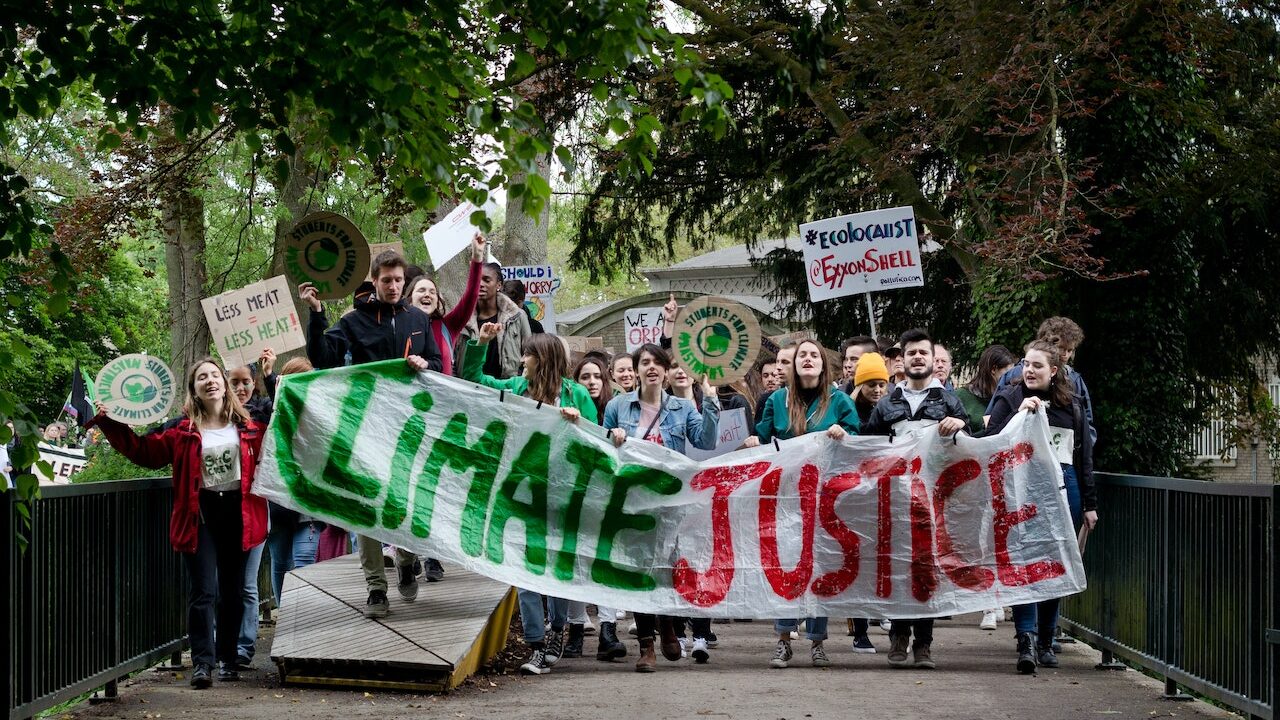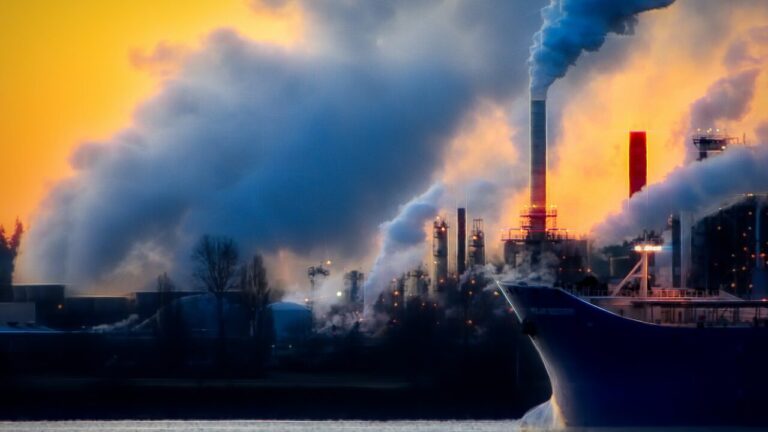The world is facing urgent Climate Change. We are already seeing the effects of climate change, such as rising sea levels, harsh weather, and the uprooting of people, as a result of the planet’s alarming rate of global warming and climate change. We must act quickly to avert disastrous consequences for our planet and future generations since the situation is serious. Climate change rapid transformation has been suggested as one remedy. We’ll discuss why Climate Change Rapid Transformation is Needed and what we can do to make it happen.

Climate Change: Rapid Transformation is Needed?
The term “rapid transformation” refers to a major and quick change away from behaviors that have exacerbated the climate issue, including using fossil fuels, and towards behaviors that are more environmentally friendly. This entails a shift to renewable energy, a decrease in resource use and waste, and modifications to the way our cities and communities are constructed and planned. It is a massive undertaking, and it requires collective action on a global scale.
Why is Rapid Transformation Necessary for climate change?
In order to keep global warming to 1.5°C over pre-industrial levels, the Intergovernmental Panel on Climate Change (IPCC) has cautioned that we only have a little more than ten years to make substantial adjustments to our behaviors. Beyond this point, the effects of climate change would be devastating, with severe food shortages, water shortages, and sea level rise that may uproot millions of people as possible results.

The existing rate of change is too sluggish; thus, rapid transformation is required. While there has been considerable improvement in lowering greenhouse gas emissions, much more work has to be done if we are to avoid the worst-case scenarios materializing. This requires radical changes in the way we live, work, and interact with the natural world.
What Can We Do?
There are many steps that we can take to achieve rapid transformation. Here are a few examples:
- Change to Renewable Energy: Governments, companies, and people may switch from using fossil fuels to renewable energy sources including wind, solar, and geothermal energy.
- Minimize Consumption: By implementing more sustainable behaviors like recycling, decreasing the use of single-use plastics, and purchasing locally produced goods, we can minimize our consumption of resources and waste.
- Rethink City Design: By adding more green areas, public transit, and energy-efficient structures, we can redesign our cities and communities to be more sustainable.
- Encourage Change: We can encourage legislation and policies like carbon pricing and renewable energy subsidies that will hasten the transition to a low-carbon future.
- Changes We Can Make: We can modify our own lives, from cutting back on energy use to promoting regional agriculture.
Conclusion
The global nature of the climate catastrophe necessitates a coordinated effort to address it. Each of us must play a part, and we must move quickly. To avoid disastrous implications for our world and future generations, rapid reform is required. Although it won’t be simple, we have success stories from nations, companies, and people who are already paving the road for a more sustainable future. All of us need to act now and respond to the demand for a quick transition.




